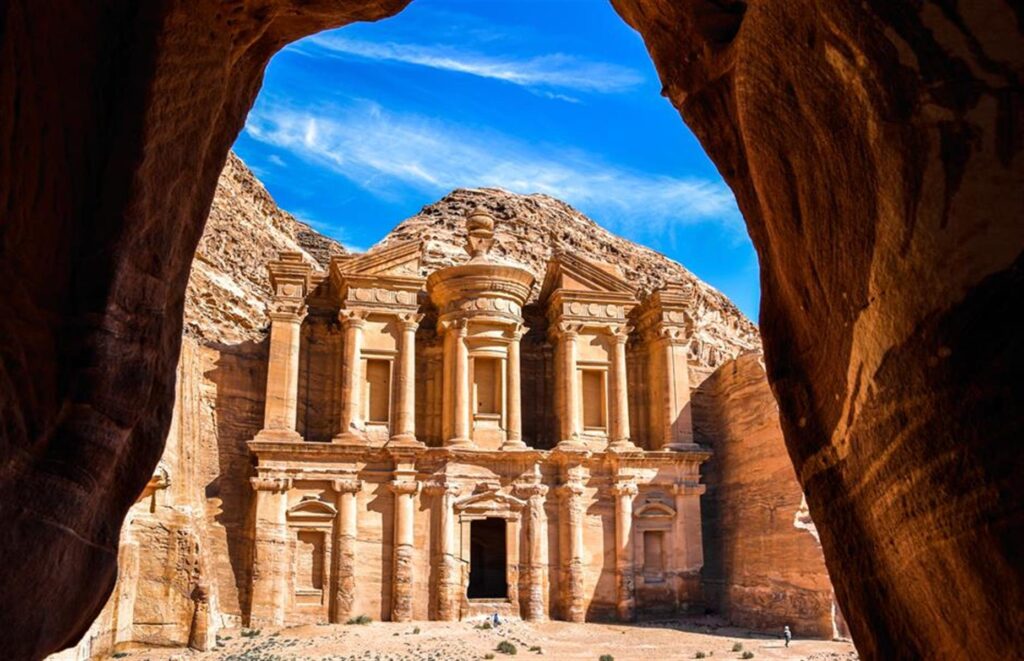
instruction: Petra
Petra, located in Jordan, remains one of the most fascinating archaeological sites in the world. Petra is often referred to as “The Rose City” due to its sandstone architecture. Petra was carved directly into rose-colored cliffs by the ancient Nabatean people over 2,000 years ago. Their skill in constructing this intricate city among such rugged desert terrain stands as a remarkable testament to Nabatean ingenuity and engineering abilities during antiquity.
The ancient Nabateans established Petra as their capital and flourished during the reign of the Roman Empire. However, much of the city was abandoned by the 4th century AD. Centuries of wind and sand buried many structures, preserving Petra until its rediscovery in the 19th century. What remains astounds visitors with ornate temples, a wealth of tombs, and a dramatic Siq passageway framing the iconic Treasury building façade. Carved rose sandstone glistens throughout the countryside, proof of the Nabateans’ profound impact on the landscape through their ambitious building projects. Today, Petra maintains its mystique, transporting those who walk its paths back in time to marvel at the achievements of this lost civilization.
Unveiling Petra’s Mysteries
A Glimpse into History

Petra has had a rich history dating back over 2500 years. Established around 312 BCE, it served as the fortified capital of the Nabataean Kingdom. Nestled within sandstone cliffs in southern Jordan, Petra became a vital trading center due to its location along routes connecting the Arabian Peninsula, Egypt, and the Mediterranean. The Nabataeans expertly engineered abundant water channels and cisterns, making the desert locale habitable.
At its peak, over 20,000 people inhabited grand temples, tombs, and residences carefully carved into pink sandstone. The architecture blended Hellenistic, Roman, and Middle Eastern influences. An outstanding example is the famed Treasury, with its 130-foot-high ornate façade. Through trade in resources like frankincense and myrrh, Petra prospered during antiquity as part of the Roman Empire. However, following an earthquake in 363 CE and changes to trade routes, the population declined. By the 800s, Petra had been completely abandoned, its ruins lost in the desert for over a thousand years. In 1812, it was rediscovered by a Swiss explorer, triggering excavations that unveiled a forgotten Nabataean metropolis.
The Enigmatic “Rose City” Moniker
Nestled within the rugged canyons of Jordan lies the captivating city of Petra, with its rosy stone architecture emanating an enchanting inner glow. This ancient metropolis, concealed in the desert’s embrace, preserves the mystique of a bygone era when valuable spices and luxurious silks traversed its caravan routes. The very essence of Petra’s history courses through the veins of its pink sandstone, a testament to the enduring legacy of this forgotten city.
The towering facades, meticulously sculpted from this precious material, breathe life into Petra, casting a gentle, warm blush on those fortunate enough to explore its ancient streets. Each stone tells a tale of craftsmanship and time, whispering secrets of civilizations long past. To wander through Petra is to step back in time, to be enveloped in the echoes of an age steeped in wonder and trade. Its allure is irresistible, drawing travelers from far and wide to bear witness to the magic that still resides within the rose-colored stones of this extraordinary city.
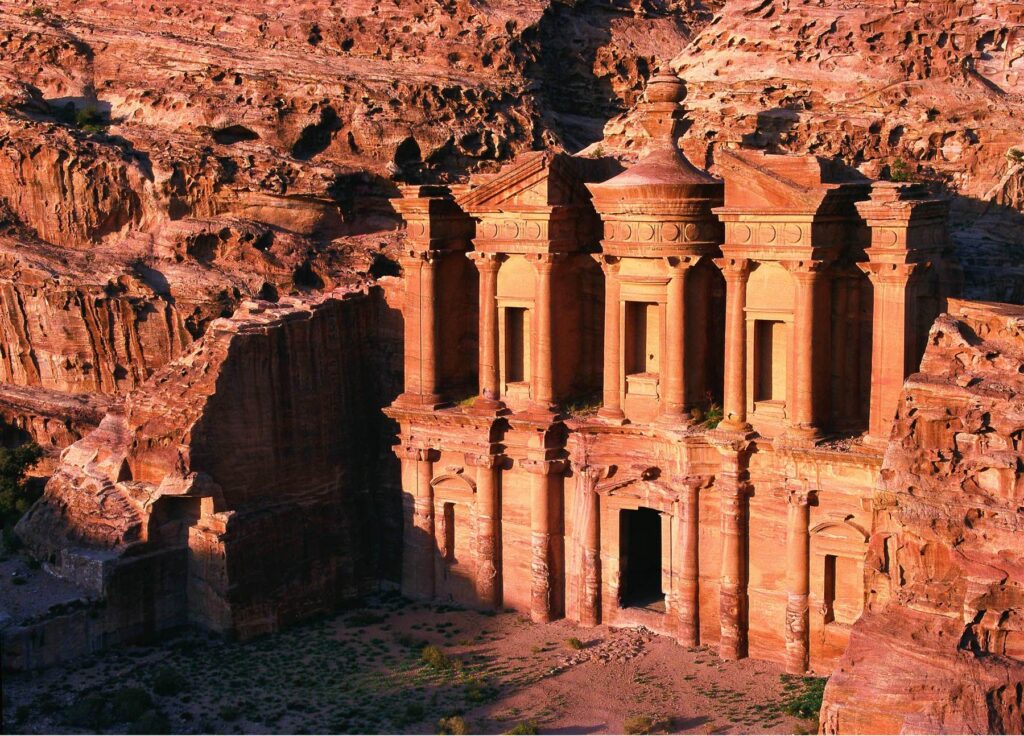
Petra As the sun sinks low, its golden light bathes Petra, making the city emerge vividly from the desert shadows. The intricate details of Byzantine chapels and Nabataean temples are brought into sharp relief. Arched walkways and graceful staircases are highlighted as if briefly illuminated by some inner flame. In these fleeting moments, the city seems suspended in time. Its desolate streets come alive with history untouched by modern hands.
The magic is fleeting, disappearing with the daylight. But Petra’s pink stone continues to impart its indelible magic to all who glimpse it in the sunset’s warm glow. Its rose hue is deep in the soul of anyone touched by its antiquity and beauty. Though worlds may change, Petra’s warm radiance will long draw pilgrims to walk where kings and merchants once tread beneath the roseate skies of antiquity’s fabled city.
Architectural Marvels Carved in Stone
The Siq: Gateway to Petra’s Splendor

The gateway to Petra opens through the awe-inspiring Siq, a geological marvel that has welcomed explorers for countless generations. This slender chasm stretches nearly a mile, flanked by soaring sandstone precipices, their heights surpassing 200 feet and overshadowing all who enter. Despite intermittent beams of sunlight piercing through crevices on high, the Siq retains an air of shadowy allure, heightening the sense of expectation for the enigmatic wonders concealed within this ancient Nabataean hub.
Every step through this natural corridor feels like a journey through time, as if the very rocks themselves harbor the secrets of Petra’s storied past, awaiting revelation by those who dare to venture forth. The Siq stands as a testament to the enduring allure of this lost city, whispering tales of bygone eras to those who pass through its majestic confines. It is a passage into antiquity, where the echoes of history reverberate with each footfall, inviting visitors to uncover the mysteries that lie hidden in the heart of Petra.

The culmination of the journey arrives as the Siq finally widens to unveil Petra’s quintessential masterpiece—the Treasury—in all its resplendence, intricately sculpted from the rosy-hued rock surface. Its sudden emergence, framed by the narrow passage, evokes wonder and astonishment in those who behold it. Believed to have once served as the city’s temple dedicated to Oboes I, the Treasury’s architectural motifs seamlessly blend elements of both Greek and Roman influence, a testament to the diverse cultural currents that swept through Petra’s ancient thoroughfares. The artistry stands as a tribute to the expertise of the Nabataeans, who painstakingly fashioned this awe-inspiring marvel into existence over two millennia ago.
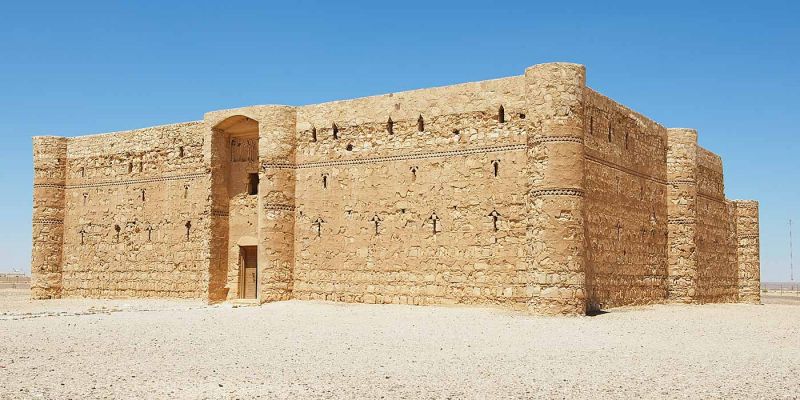
With its towering columns and intricate façade basking in the desert sun, Petra earned its reputation as the magnificent Red Rose City of ancient times. The grandeur of this architectural marvel, revealed at every turn, solidifies the Siq’s legacy as not just an entrance but a perfect prelude to the unmatched archaeological wonders and hidden treasures of Petra, concealed in plain sight amidst the cliffs.
This city, carved into the rose-tinted sandstone, stands as a testament to the ingenuity and artistry of the Nabataeans who crafted this extraordinary site over two thousand years ago. The interplay of light and shadow against the ancient stone walls creates a mesmerizing spectacle, drawing visitors into a world steeped in history and mystery. Each step through Petra’s ancient streets is a journey through time, where the echoes of the past reverberate with each footfall, inviting explorers to uncover the secrets that lie within the heart of this remarkable city.
The Treasury: An Iconic Façade

Emerging from the narrow confines of the Siq, travelers are met by the iconic sight of Al-Khazneh, also known as “The Treasury,” standing proudly before them. This remarkable structure is meticulously hewn from the rose-hued sandstone cliff, showcasing intricate details in its design. Its grand facade ascends over 135 feet, reaching skyward along the vertical rock face. Massive Atlantesque columns are adorned with elaborate carvings, featuring scrollwork, acanthus leaves, crowns, and figures.
These ornate elements grace the entablature and pediment, adding a touch of artistry to the imposing presence of Al-Khazneh. The craftsmanship and attention to detail displayed in this architectural marvel are a testament to the skill and creativity of the ancient Nabataeans who crafted it with precision and artistry over two millennia ago. Each carving and contour tells a story, inviting visitors to delve into the rich history and mysteries that lie within the heart of Petra.
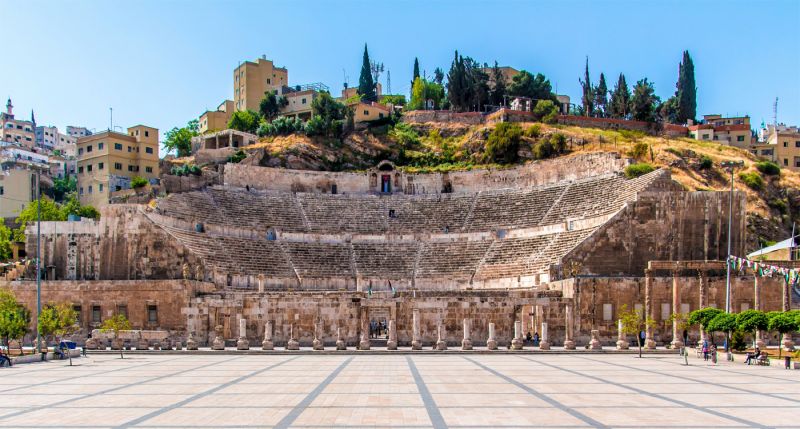
The level of artistic mastery demonstrated in cutting this edifice from solid stone still astonishes all who lay their eyes on it. Though thought to have housed a temple, the true original purpose of The Treasury remains unknown. Nonetheless, it stands as a testament to the unparalleled architectural and engineering skills of the ancient Nabataeans. After the confinement of the Siq, the structure emerges dramatically to come into full view, demanding admiration for both its sheer scale and flawless craftsmanship that have cemented its place as Petra’s most iconic landmark.
Monastery and Other Architectural Marvels
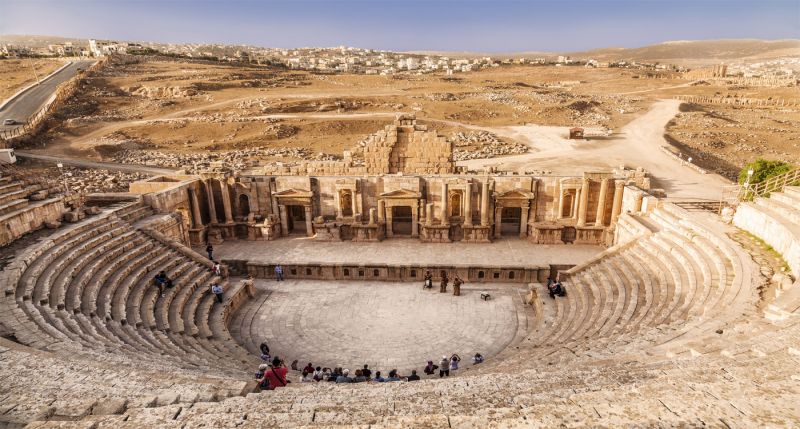
Beyond the famed Treasury, visitors have the opportunity to explore numerous other architectural wonders throughout Petra’s steep cliffs and valleys. The magnificent Monastery location provides a stunning panoramic view after a climb above the city. With its sheer sandstone walls carved to resemble a Drakhma temple, it is truly a breathtaking sight to take in the surrounding desert cape.
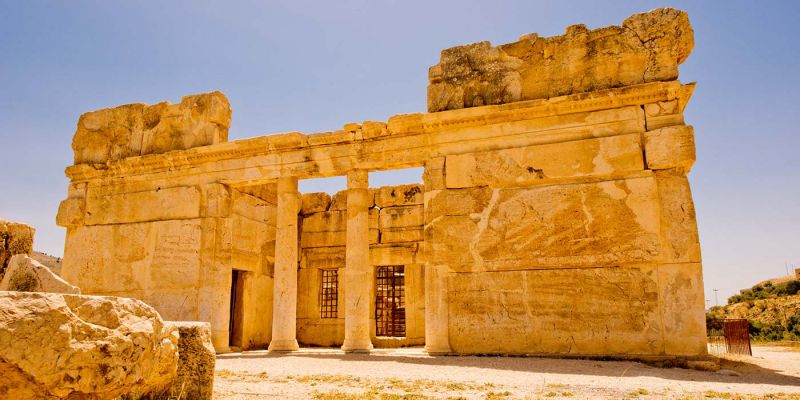
Down below, the colonnaded Street of Façades demonstrates the prosperity of Petra with its many ornate tombs. Highlights along this path include the elaborately decorated multi-story façades carved for the elites buried within. Nearby, the intricate royal tombs are marvels of stonework. And atop the site stand the grand columns and platform remnants of the Great Temple, once a central place of worship. These iconic structures further exemplify the true artistic ingenuity and sophistication of the Nabataean civilization that thrived within this now hauntingly serene landscape.
The Mystique of Petra’s Tombs
Royal Tombs: A Glimpse into Nobility
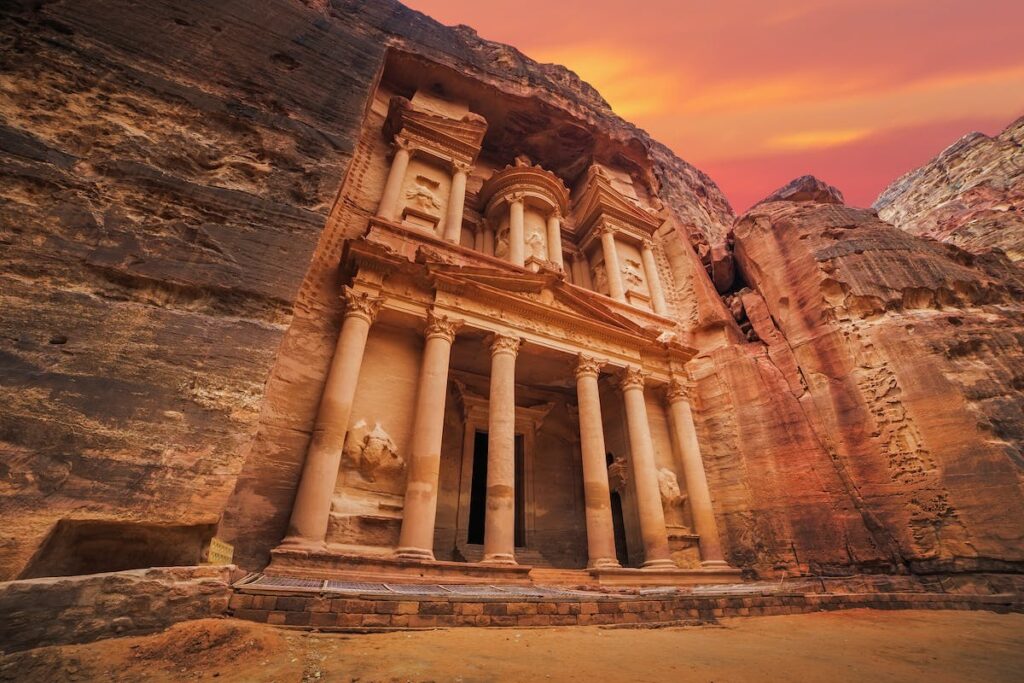
Among Petra’s most impressive monuments are the Royal Tombs, artifacts that offer a glimpse into the lavish ways of Nabatean elites. Hewn directly from the soft rose-hued sandstone cliffs that encircle the ancient city, these tombs showcase the stylized facades so indicative of Petra’s architectural heritage. Multi-story carved entrances flood with intricate decorative elements like crowns, medallions, and columns, proudly proclaiming the final resting places of Petra’s noble rulers.

Within, vast, cavernous antechambers and interior burial halls reflect the grandeur with which the deceased was memorialized. Finely chiseled details that have withstood the test of time demonstrate the immense skill of the stonemasons who labored to create these elaborate monuments. Seen today much as they were two millennia ago, the Royal Tombs stand as a memorial not only to Petra’s past aristocrats but also to the ingenuity and artistic prowess of its inhabitants. More than mere sepulchers, these tombs impart knowledge about both the life and societal structure of Petra’s golden age under Nabataean rule.
Obelisk Tomb: A Standing Tribute
The Obelisk Tomb, a towering structure with an obelisk-like finial, stands as a tribute to the deft craftsmanship of Petra’s ancient inhabitants. Its intricate carvings and imposing presence make it a must-see for any visitor.
The Religious and Communal Heart of Petra
The Great Temple: An Architectural Marvel

Located centrally within Petra, spanning over 90 meters in width, stand the ruins of the Great Temple complex. Once the lively, beating heart of the ancient city, this expansive religious site held considerable significance. Grand columns line the open-aired approach up towering staircases, imparting a sense of grandeur befitting a structure dedicated to the chief deities. Within its sandstone walls, intricate enclosures preserved the sanctity of sacred rituals, while broad open courtyards hosted vibrant masses of worshippers and community gatherings.
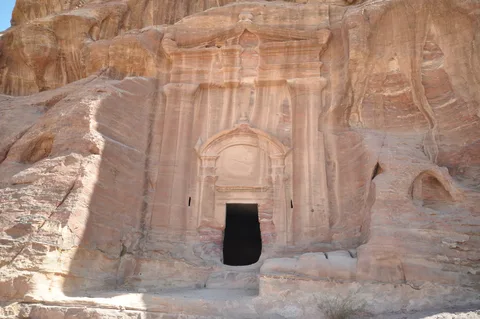
The chambers and halls delicately carved into the towering rock face attest to both the inhabitants’ profound faith and astonishing architectural capabilities. Today, though in ruins, the solid stonework endures, evoking echoes of past ceremonies through its dignified scale and masterful craftsmanship still observable after centuries of wind and weather. At the core of Petra’s Former glory, the divine essence of the Great Temple continues elevating visitors’ minds to marvel at both the industrious Nabataean builders and vibrant civilization that once reverberated between these hallowed sandstone walls.
High Place of Sacrifice: A Spiritual Sanctuary
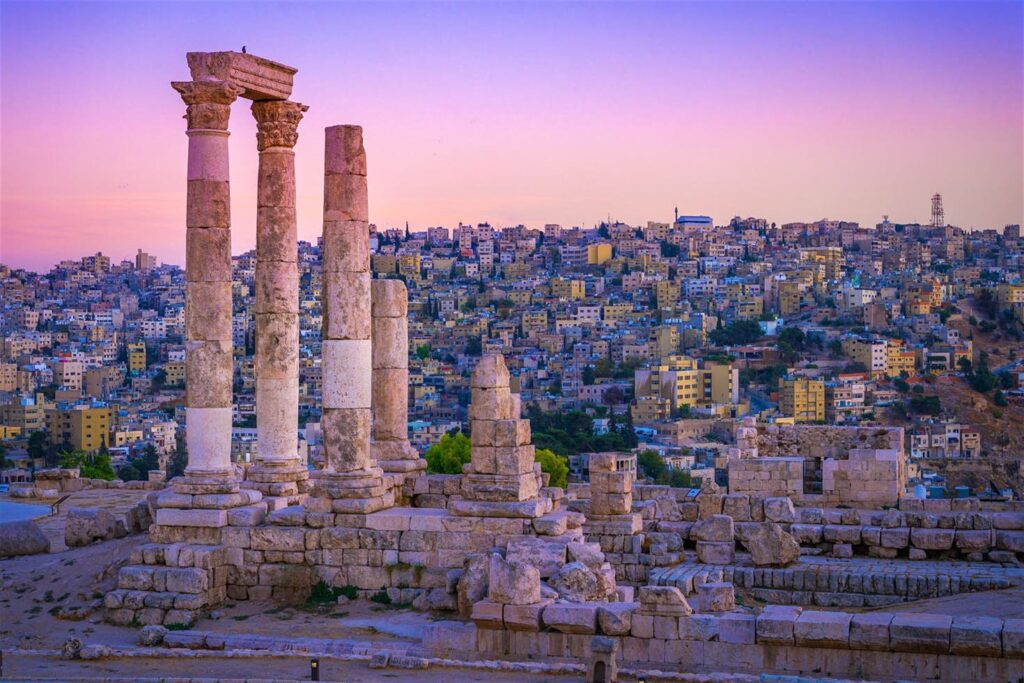
Here is a 200-word rewrite:
Nestled high upon the undulating mountainous landscape that surrounds Petra sits the High Place of Sacrifice, offering insight into the religious rituals and cosmic beliefs held sacred by the ancient Nabateans. Carved between towering boulders that jut from narrow sandstone ridges, this open-air temple commands breathtaking panoramas across canyons and desert horizons in all directions.

It is here, with the commanding 360-degree vistas only such a high elevation could afford, that the Nabataeans performed burnt offerings to entreat favorable auspices from their gods presiding over the expansive, arid domains below. The sweeping views available from this sacred aerie connecting earth to the sky would have amplified the profound spiritual experiences of those who convened here to partake in ceremonies of propitiation. Perched at the top of the world with only the rock and elements beside them, worshippers must have felt deeply woven into the timeless, formidable forces of the landscape they called home.
Preservation Efforts and UNESCO Recognition
Safeguarding Petra’s Legacy
In 1985, UNESCO designated Petra as a World Heritage Site, recognizing its immense cultural and historical significance. Preservation efforts have been underway to safeguard Petra’s delicate structures and ensure that future generations can continue to marvel at its splendor.
Responsible Tourism in Petra
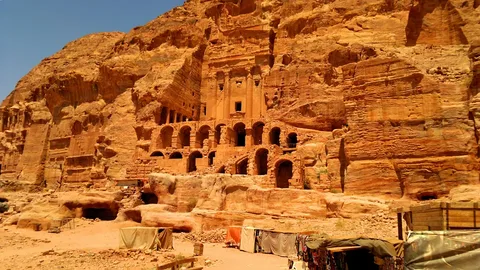
Petra, now a protected UNESCO World Heritage Site, attracts travelers from every corner of the globe eager to behold its rose-red wonders. To ensure the protection of the non-renewable sandstone structures while enhancing visitor understanding and appreciation, comprehensive management strategies have been implemented. Licensed guides offer cultural and historical insights along designated routes.

Visitor centers provide educational exhibits and directions to protect vulnerable areas. Additionally, conservation scientists monitor threats and spearhead projects to stabilize eroding features. The Jordanian government also partners with NGOs to promote low-impact initiatives. Through these collective efforts, a balance has been struck between the preservation of Petra’s irreplaceable archaeological treasure and the delivery of an enlightening experience. As guests float through its antique passageways, they contribute to safeguarding this pivotal place where the ingenuity and arts of the Nabataean civilization are immortalized in rock for perpetuity.
Conclusion: Petra’s
A Timeless Marvel
As the sun dips low in the sky, splashing brushstrokes of gold and orange upon the sandstone cliffs, an air of tranquility settles over Petra. The crowds of daytrippers have begun to thin as shadows stretch long across the ancient city. It is then, in the stillness of twilight, with only the silhouettes of timeworn facades as a company, that one can’t help but feel dwarfed by the immense legacy of this place.
For over two millennia, Petra has stood witness to the ebb and flow of civilizations, its tattooed rocks guarding secrets buried deep within. Yet today, its monuments speak volumes through their elaborate carvings, transporting visitors back to the height of the powerful Nabataean kingdom. The intricate details chiseled into towering structures like The Treasury defy belief, a testament to both the artistic mastery and engineering ingenuity of their builders. That such feats were achieved by hand, carving each fluted column and ornate frieze directly from solid sandstone, stands as a tribute to their vision and perseverance.
With nightfall, torches may softly illuminate the winding paths as stars emerge above the gaping chasms of siq. In the darkness, one’s imagination can almost conjure the ghostly ambiance of past processions. Were the ancient rhythmic sounds of ritual and revelry to suddenly echo again through Petra’s passages, it would feel only natural. For in its beautifully haunting remnants lay buried a lost world, frozen in time, but brought vibrantly to life upon exploration.
For the historian, artist, or outdoor adventurist, Petra promises intrigue and inspiration around every turn. Indeed, any lover of history seeking to walk where empires once stood would be remiss not to experience this iconic “Rose Red City.” As long as its hallowed rocks remain standing, Petra will continue to impart awe for our shared humanity—and humble appreciation for those who carved beauty from stubborn stone so many centuries ago.

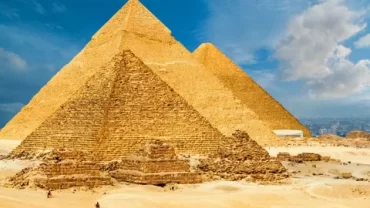



Comment (0)